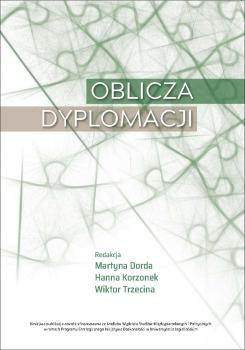Polityka zachodzącego słońca – relacje międzykoreańskie za prezydentury Yoon Suk-yeola .......... 47
Synopsis
THE SETTING SUN POLICY: INTER-KOREAN RELATIONS DURING THE PRESIDENCY OF YOON SUK YEOL
Initiated by Kim Dae-jung and later implemented in a refreshed form by President Mun Jae-in, the Sunshine Policy was intended to achieve economic, social and political integration between the Korean states. The peaceful unification of the Korean peninsula was seen as its ultimate outcome. This policy was opposed by conservative politicians from the outset, especially in the face of a growing nuclear threat from the North. The aim of the article is to demonstrate the transformation in South Korean foreign policy priorities since 2022 vis-à-vis North Korea, as well as with regard to regional security issues. President Yoon Suk-yeol, elected that year, can be considered one of the staunchest opponents of the Sunshine Policy. Under his initiative, denuclearisation became a prerequisite for cooperation with North Korea. In turn, he replaced bilateral relations with its northern neighbour with a network of alliances with the United States and Japan aimed at deterrence and threat minimisation. This has placed inter-Korean relations at one of their most difficult moments in decades. The article chooses to adopt an actor-oriented approach to foreign policy analysis, also taking into account the political conditions accentuating the policies of the South Korean president. In this way, the particular position and role of Yoon Suk-yeol in shaping regional foreign policy has been highlighted.





